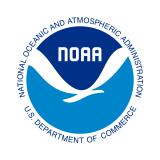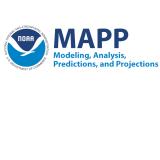Understanding and Resolving a Global Discrepancy in Near Surface Water Vapor Trends Between Models and Observations

A critical problem facing the western U.S., in particular the semi-arid Southwest, is increasing aridity and associated risk of droughts, heat extremes, and wildfire as the planet warms under a changing climate. We rely on Earth System Models (ESMs) to provide future projections that help us plan for this changing climate, but the wide range of complex processes involved, many of which have not been well observed, leads to considerable model uncertainties. Earth System Models indicate that water vapor over arid and semi-arid regions of the world, including the Southwest, should have risen since 1980. However, in observations, this has not occurred.
This project aims to understand and resolve the discrepancy in model projections of atmospheric water vapor trends compared with observations. More specifically, the researchers aim to understand why atmospheric water vapor has not increased over arid and semi-arid regions in observations, in contrast to our expectations from Earth System Models. Through this understanding, the researchers aim to determine how to resolve this issue in Earth System Models and explore its impacts on climate projections.
This project is part of the MAPP/NIDIS-supported Drought Task Force V.
Research Snapshot
Isla Simpson, University Corporation for Atmospheric Research (UCAR)
Karen McKinnon, University of California, Los Angeles
What to expect from this research
Improved fundamental understanding of the processes that govern changes in the hydroclimate under rising greenhouse gasses and an improved representation of these processes in the Earth System Models used for climate projections.
Read the journal article published in Nature Geoscience (2025).









